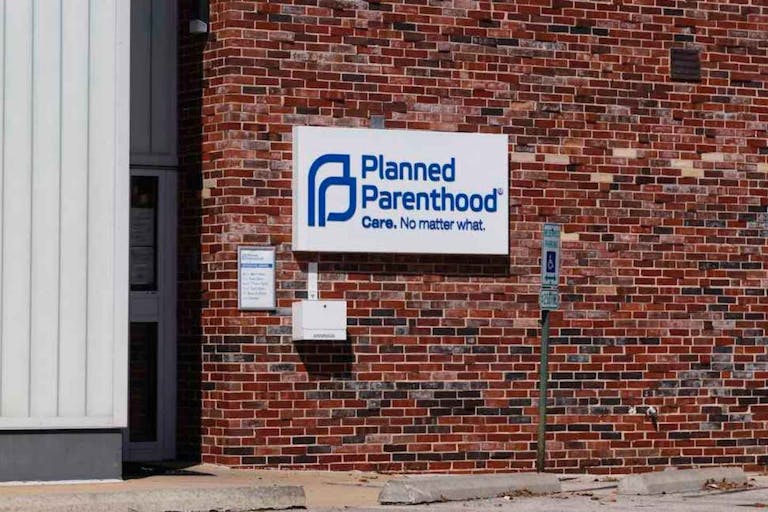
Woman intentionally hit pro-life activist with her SUV at Planned Parenthood
Cassy Cooke
·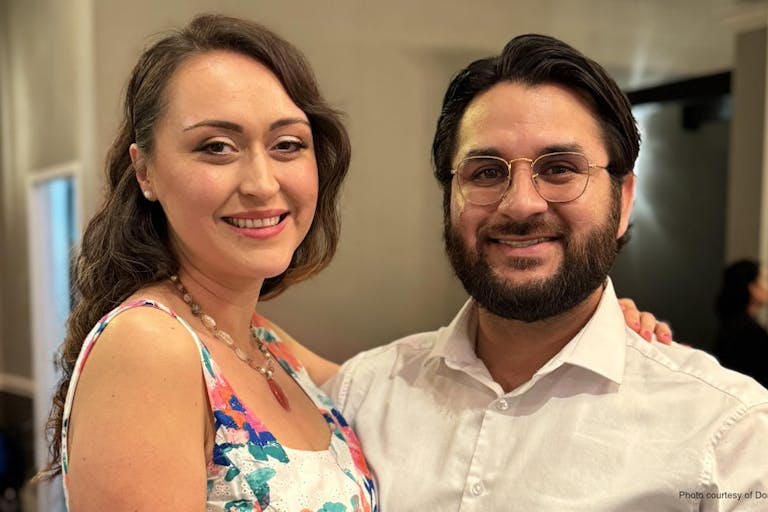
Abortion almost destroyed her, until she found healing and forgiveness
Facing an unplanned pregnancy, a teen was pressured by her boyfriend and his friends to have an abortion.
When 19-year-old Dora Esparza told her boyfriend of six months that she was pregnant, she suggested they tell their parents, but he told her there were “other options.” Esparza knew what he meant, but she had not been contemplating abortion. Esparza told Live Action News, “I started thinking that if I really loved him, maybe I should consider ending the pregnancy if that’s what he wanted.”
She went to her boyfriend’s apartment that evening. His roommate and two mutual friends who also lived in the complex were hanging out that night, and the couple revealed their unexpected news.
“They told me it would be a big mistake if I went through with the pregnancy,” Esparza said. For what seemed like hours, the four men ticked off reasons for her to have an abortion. “I was too young, in nursing school and we didn’t have the financial means to support a child,” Esparza said. “They kept saying it was a bad idea, and they were convincing. It shook my self-confidence in my ability to juggle motherhood while studying nursing.”
But the ultimate driving force behind Esparza’s acquiescence was seeing how much her boyfriend did not want their child. She was desperate for his love, and feared losing him if she went through with the pregnancy.
The chemical abortion
“My boyfriend made the appointment at Planned Parenthood, and I went by myself,” Esparza said. “I had an ultrasound and was told I was eight weeks pregnant, the ‘perfect’ candidate for a chemical abortion that could be done in the privacy of my home without an invasion procedure.”
Relieved she could forgo a surgical abortion, Esparza felt she’d have more control over the process. And she was told by staff at Planned Parenthood that she would just experience bleeding, a bit more than her regular menstrual period. “I thought it all would be so easy,” she said. “The staff watched while I swallowed the first pill. Then, it hit me like a ton of bricks, what I just did. I immediately regretted my decision and told them I didn’t want to go through with it.”
But she was told that if she didn’t complete the chemical abortion, her baby would be born with severe disabilities. “They scared me into thinking I’d have a disabled child,” Esparza said. “… They effectively coerced me to complete the abortion. I just didn’t think I could live with myself if I brought a disabled child into the world.”

Esparza took the second pill to expel her baby while at her boyfriend’s apartment. Within 15 minutes, she started experiencing severe cramping. “I locked myself in his bathroom and sat on the toilet for about two hours,” she said. “The pain got so intense, I bit down hard on a hand towel. I was bleeding out everywhere. I felt like I was dying.”
Feeling ashamed, Esparza didn’t want any of the boys in the apartment to get involved, so she suffered alone in the tiny bathroom. “There was blood everywhere,” Esparza said. “Feeling so guilty, I cleaned it up. Planned Parenthood staff told me not to look in the toilet, but I did. I saw my baby in there and quickly flushed.”
Article continues below
Dear Reader,
Have you ever wanted to share the miracle of human development with little ones? Live Action is proud to present the "Baby Olivia" board book, which presents the content of Live Action's "Baby Olivia" fetal development video in a fun, new format. It's perfect for helping little minds understand the complex and beautiful process of human development in the womb.
Receive our brand new Baby Olivia board book when you give a one-time gift of $30 or more (or begin a new monthly gift of $15 or more).
She could hear her boyfriend knocking on the bathroom door. Afterward, he walked her to his bed, where she slept for days, forgoing any food. But she would soon find herself turning to marijuana in attempts to numb the horror of what she had done.
Two weeks after her abortion, she was required to return to Planned Parenthood for a checkup. She didn’t want to go, but her boyfriend prodded her. “I just wanted to box all my emotions up and forget about what I did,” Esparza said. “But in the end, I did go to the appointment, and it saved my life.”
During an ultrasound, Esparza noticed the technician looked concerned. She was told her abortion was not successful, and that she would have to undergo an emergency dilation and curettage (D&C) to remove the tissue left inside her uterus. “Apparently, I was hemorrhaging inside. I could have died had they not caught it at the checkup,” she said. “I was surprised because I hadn’t felt like anything was wrong. I wondered if smoking so much weed had a numbing effect on me.”
She could hear other women in the hall screaming. When she began to hyperventilate, she was given double doses of Xanax and Vicodin to calm her. “The room I was sent to first for the procedure was still dirty from a previous abortion,” Esparza said. “There was blood everywhere and tissue still clinging to the instruments. I was quickly steered toward another room. Luckily the D&C didn’t hurt as much as the abortion pill did.”
She remembers thinking she was there to “finish the job” of ending her pregnancy, feeling that her baby must have been a fighter. “That took my guilt to a whole new level,” she said.
As her boyfriend drove her home, no words passed between them. She subsequently dropped out of school and quit her job. She lost weight, began ignoring her family, and resorted to cutting herself in a desperate attempt to release the pain she had buried deep inside. “I was using physical pain to numb my emotional pain,” Esparza said. “I was drinking more, spiraling out of control. Eventually, my boyfriend ended our relationship via text message.”
A second chance
For six years, she engaged in risky lifestyle behavior and contemplated suicide. But as she began writing her farewell letter to her mother, she knew how much it would devastate her. Yet she didn’t correlate all of her destructive behavior with the trauma of her abortion. At the time, she was dating her best friend from high school. He sent her a text one day outlining concerns his mother had about her past. It was a gut punch.
“It just broke me, and I cried out to Jesus,” she said. “The Lord convicted me to change. He transformed my life from that point.”
She later met the man who would become her husband, and got married. She heard about a regional coordinator position with Silent No More, but she needed restoration from her abortion before she could work in that capacity. She attended a Rachel’s Vineyard retreat for post-abortion healing. “I was finally able to forgive myself,” Esparza said. “It was truly freeing.”
Today, Esparza serves as a crisis counselor at her local pregnancy support center and also leads “Forgiven and Set Free” Bible studies. “I share my story with abortion-minded women,” she said. “God doesn’t waste our pain if we totally surrender to him. I give Him all the glory.”
Live Action News is pro-life news and commentary from a pro-life perspective.
Contact editor@liveaction.org for questions, corrections, or if you are seeking permission to reprint any Live Action News content.
Guest Articles: To submit a guest article to Live Action News, email editor@liveaction.org with an attached Word document of 800-1000 words. Please also attach any photos relevant to your submission if applicable. If your submission is accepted for publication, you will be notified within three weeks. Guest articles are not compensated (see our Open License Agreement). Thank you for your interest in Live Action News!

Cassy Cooke
·
Human Interest
Nancy Flanders
·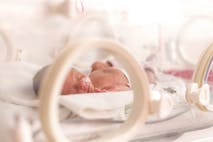
Human Interest
Nancy Flanders
·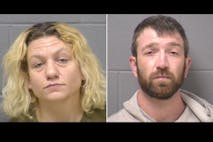
Human Interest
Nancy Flanders
·
Pop Culture
Cassy Cooke
·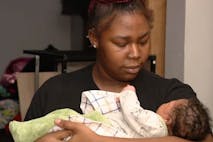
Human Interest
Cassy Cooke
·
Human Interest
Lisa Bast
·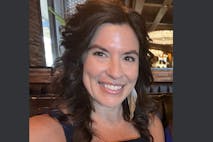
Human Interest
Lisa Bast
·
Human Interest
Lisa Bast
·
Human Interest
Lisa Bast
·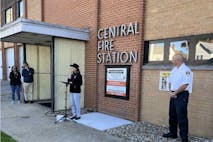
Lisa Bast
·